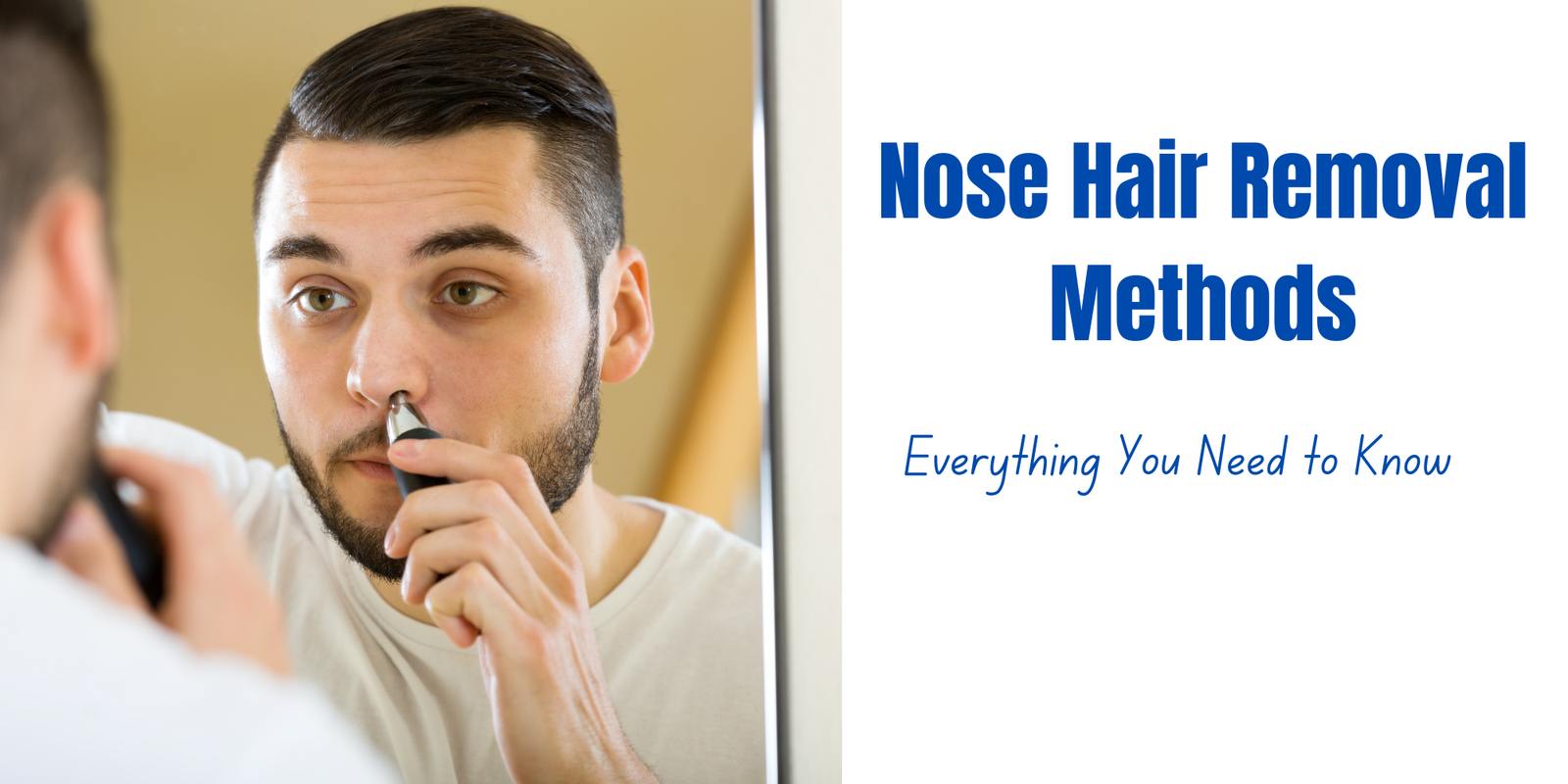Nose hair serves an essential function, but many people are curious about when it starts to grow and whether it’s necessary to remove it. Below, we’ll answer some of the most common questions about nose hair, its purpose, and the healthiest ways to maintain it.
What Age Does Nose Hair Start Growing?
Nose hair is present at birth but becomes more noticeable with age. It starts to grow more aggressively during adolescence, usually between the ages of 12 and 16, as hormone levels increase. For some, nose hair continues to grow more visibly in later stages of life, particularly in men after the age of 30 due to hormonal changes like increased testosterone.
What is the Purpose of Nose Hair?
Nose hair plays a crucial role in maintaining your respiratory health. It acts as a filter, trapping dust, dirt, and other harmful particles before they enter the lungs. It also helps keep allergens and pathogens from causing respiratory infections.
Advantages and Disadvantages of Nose Hair
Advantages:
- Protection: The primary advantage of nose hair is that it acts as a barrier against harmful particles, preventing them from entering your body.
- Humidification: Nose hair helps to retain moisture in the nasal passages, which keeps the airways from drying out.
Disadvantages:
- Appearance: While nose hair serves a protective role, excessive or protruding nose hair can be cosmetically undesirable, which leads many people to seek removal methods.
- Comfort: Overgrown nose hair can sometimes cause irritation or an uncomfortable tickling sensation.
Is it Necessary to Remove Nose Hair?
From a health perspective, nose hair is necessary for filtering harmful particles, so completely removing it isn’t advisable. However, trimming or grooming overgrown or protruding hairs for cosmetic reasons is common and generally safe when done correctly.
Is it Good to Remove Nose Hair?
Trimming or shortening nose hair for aesthetic reasons is perfectly fine, but completely removing all nose hair, especially by methods like waxing, can expose your nasal passages to more pollutants, allergens, and bacteria. Moderation is key to maintaining a balance between appearance and function.
What is the Healthiest Way to Remove Nose Hair?
The healthiest way to remove or groom nose hair is by trimming. Here’s why:
- Electric trimmers: Nose hair trimmers are designed specifically for this delicate area. They allow you to neatly trim without damaging the sensitive inner skin of the nostrils.
- Scissors: Rounded-tip scissors, made for grooming, are another safe option to prevent cuts and irritation.
These methods leave the essential part of your nose hair intact, ensuring it continues to filter the air you breathe.
What is the Risk of Removing Nose Hair?
Completely removing nose hair, especially through methods like waxing or plucking, can lead to:
- Infections: The nasal lining is sensitive, and removing hair increases the chance of bacteria entering the body, which can lead to infections such as folliculitis or even sinusitis.
- Irritation: Harsh removal methods can irritate the skin inside the nostrils, causing inflammation and discomfort.
Is Waxing Nose Hair Bad?
Yes, waxing nose hair is generally considered unsafe. Waxing removes hair from the root, which can leave your nasal passages more vulnerable to bacteria and allergens. Additionally, pulling hair out from the root can cause pain, bleeding, and even infection.
Conclusion
While nose hair may not be the most glamorous feature, it plays an important role in maintaining respiratory health. If you’re considering nose hair removal, trimming is the safest method, ensuring you keep the benefits of nose hair without risking irritation or infection. Waxing or plucking nose hair, on the other hand, can lead to potential risks and should generally be avoided. Maintaining a balanced approach to grooming will allow you to address cosmetic concerns while keeping your nasal passages healthy.
[As an Amazon Associate, I earn from qualifying purchases at no additional cost to you.]






